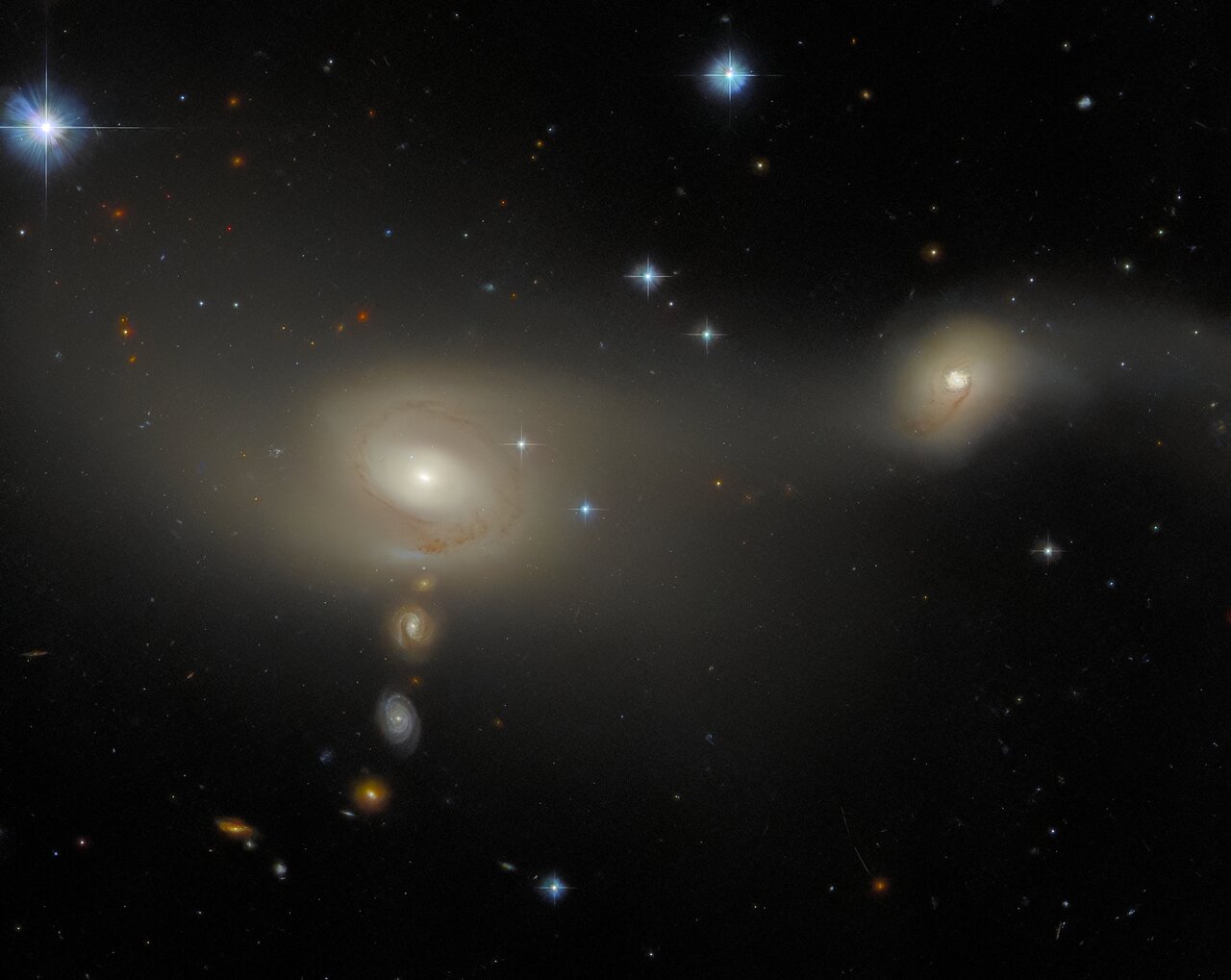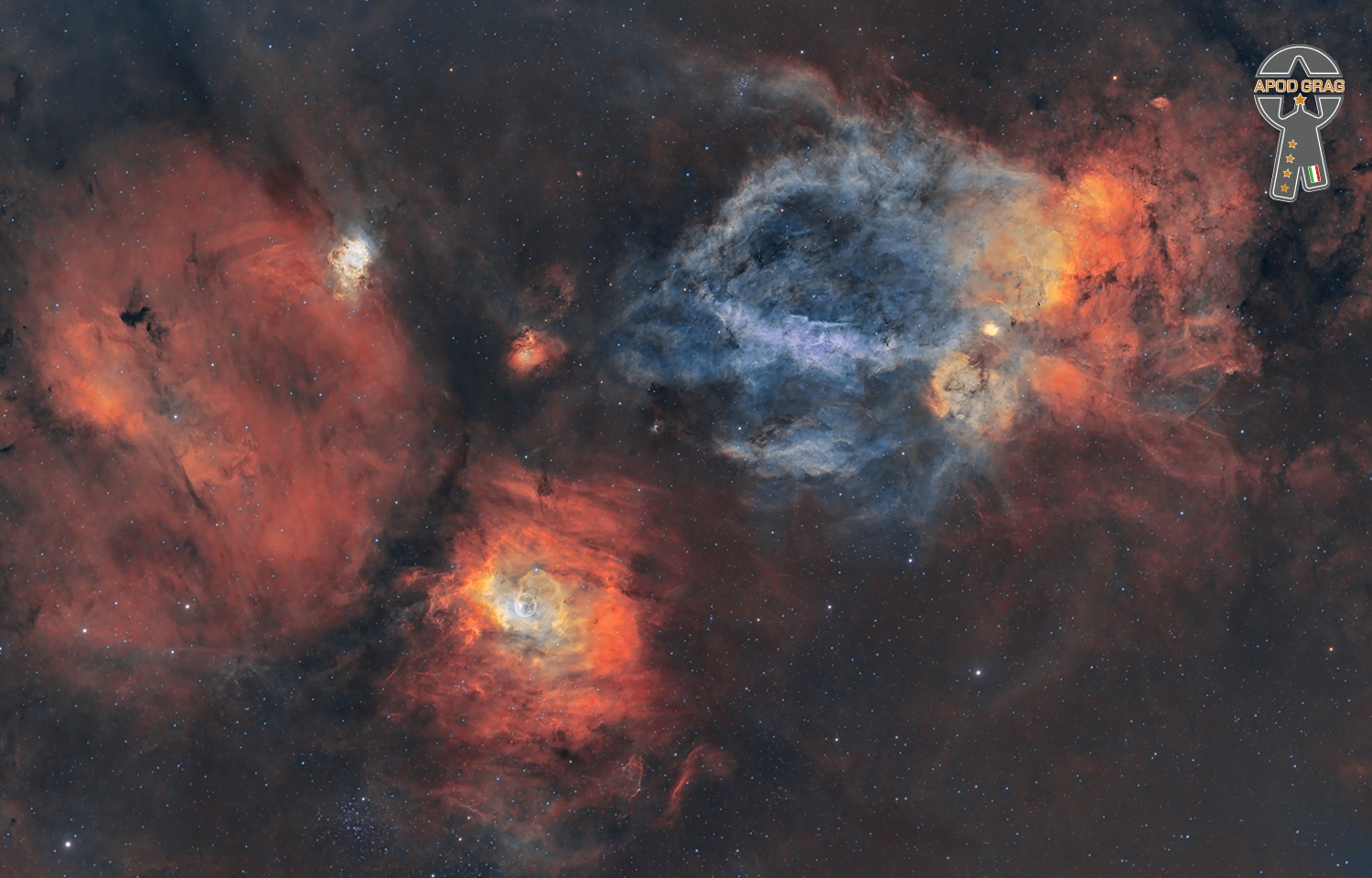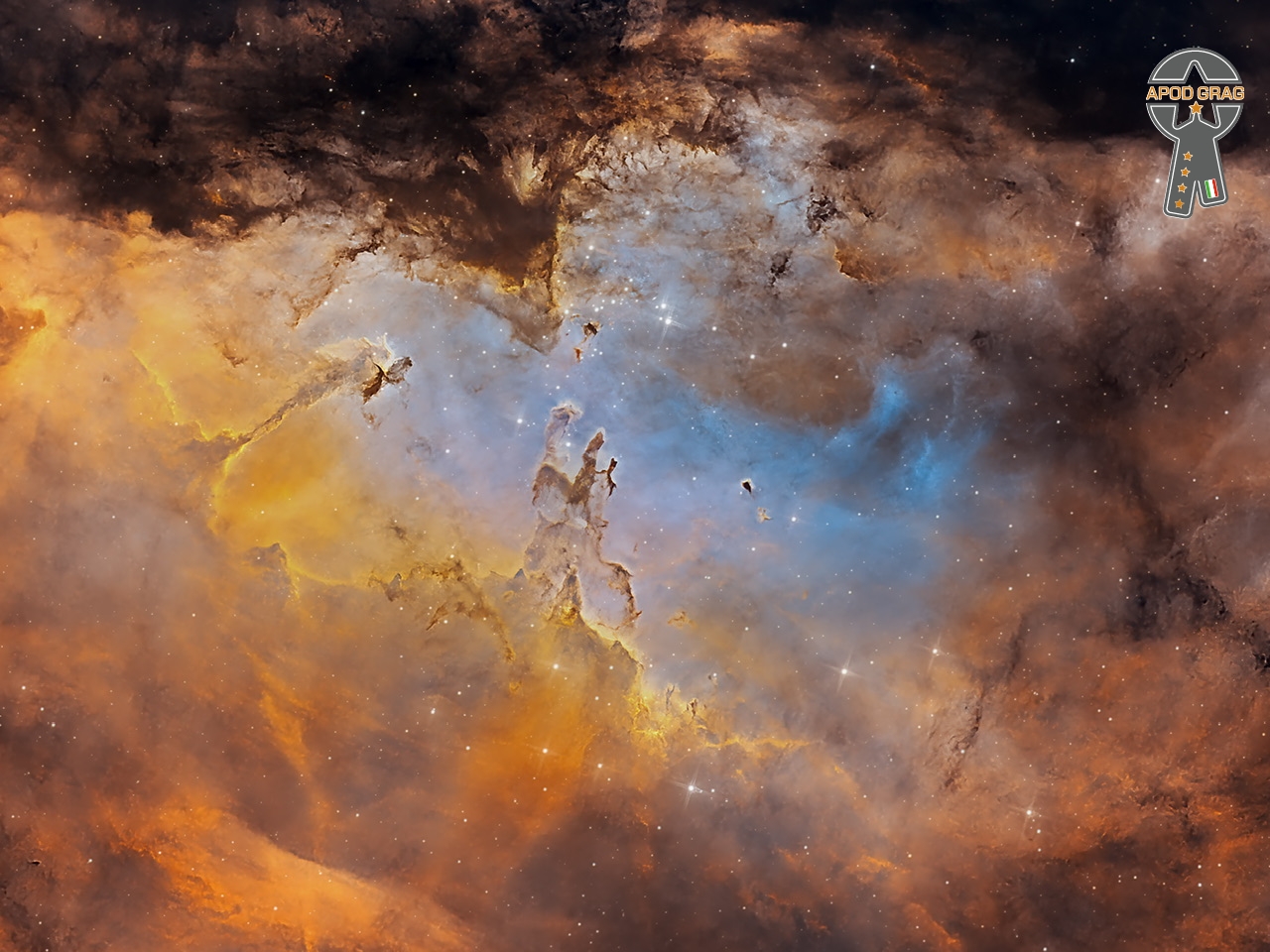Blog
Michael “Dodo” Marmarosa (December 12, 1925 – September 17, 2002) was an American jazz pianist, composer, and arranger.
Originating in Pittsburgh, Pennsylvania, Marmarosa became a professional musician in his mid-teens, and toured with several major big bands, including those led by Tommy Dorsey, Gene Krupa, and Artie Shaw into the mid-1940s. He moved to Los Angeles in 1945, where he became increasingly interested and involved in the emerging bebop scene. During his time on the West Coast, he recorded in small groups with leading bebop and swing musicians, including Howard McGhee, Charlie Parker, and Lester Young, as well as leading his own bands.
Marmarosa returned to Pittsburgh due to health reasons in 1948. He began performing much less frequently, and had a presence only locally for around a decade. Friends and fellow musicians had commented from an early stage that Marmarosa was an unusual character. His mental stability was probably affected by being beaten into a coma when in his teens, by a short-lived marriage followed by permanent separation from his children, and by a traumatic period in the army. He made comeback recordings in the early 1960s, but soon retreated to Pittsburgh, where he played occasionally into the early 1970s. From then until his death three decades later, he lived with family and in veterans’ hospitals.
more...This image features an interacting galaxy system known as Arp-Madore 2105-332, that lies about 200 million light-years from Earth in the constellation Microscopium. Like other recent Hubble Pictures of the Week, this system belongs to the Arp-Madore catalogue of peculiar galaxies. The wonderful quality of this image also reveals several further galaxies, not associated with this system but fortuitously positioned in such a way that they appear to be forming a line that approaches the leftmost (in this image) component of Arp-Madore 2105-332, which is known individually as 2MASX J21080752-3314337. The rightmost galaxy, meanwhile, is known as 2MASX J21080362-3313196. These hefty names do not lend themselves to easy memorisation, but they do actually contain valuable information: they are coordinates in the right ascension and declination system used widely by astronomers to locate astronomical objects.
Both the galaxies are of a type known as emission-line galaxies. This simply means that, when observed with spectrometers, the spectra of both galaxies exhibit characteristic bright peaks, known as emission lines. This is distinct from, for example, absorption-line galaxies whose spectra contain distinct gaps, known as absorption lines. Emission lines are produced when gases are very hot, and therefore have sufficient energy that the atoms and molecules are ‘excited’ and emit light. In other words, emission-line galaxies are highly energetic places, marking them out as likely hotbeds of star formation.
As with many galaxy types, categorising a galaxy as an emission-line galaxy does not exclude it from having other descriptions that refer to its other properties. Arp-Madore 2105-332, for example, is also a ‘peculiar’ galaxy, reflecting the atypical shapes of its two constituent galaxies.
[Image Description: A pair of interacting galaxies, one smaller than the other. Each has a bright spot at the centre and two loosely-wound spiral arms, with threads of dark dust following the arms. They appear as a broad, soft glow in which individual stars can’t be seen. A number of bright stars and smaller, background galaxies can also be seen — three such galaxies lie in a vertical line below the right-hand galaxy of the pair.]

Carlos Gardel (born Charles Romuald Gardès; 11 December 1890 – 24 June 1935) was a French-born Argentine singer, songwriter, composer and actor, and the most prominent figure in the history of tango. He was one of the most influential interpreters of world popular music in the first half of the 20th century. Gardel is the most famous popular tango singer of all time and is recognized throughout the world.[1][2][3][4] He was notable for his baritone voice and the dramatic phrasing of his lyrics. Together with lyricist and long-time collaborator Alfredo Le Pera, Gardel wrote several classic tangos.
Gardel died in an airplane crash at the height of his career, becoming an archetypal tragic hero mourned throughout Latin America. For many, Gardel embodies the soul of the tango style. He is commonly referred to as “Carlitos”, “El Zorzal” (“The Song thrush“), “The King of Tango”, “El Mago” (The Wizard), “El Morocho del Abasto” (The Brunette boy from Abasto), and ironically “El Mudo” (The Mute).
In 1967, a controversial theory was published by Uruguayan writer Erasmo Silva Cabrera, asserting that Gardel was born in Tacuarembó, Uruguay. Other authors expanded upon this theory, and a museum to Gardel was established in Tacuarembó. But Gardel’s friends and family all knew him as a French immigrant from Toulouse. Scholarly researchers analyzed the contradictory evidence, especially French birth and baptismal records, and confirmed his birthplace as Toulouse.
more...Alfred McCoy Tyner (December 11, 1938 – March 6, 2020) was an American jazz pianist and composer known for his work with the John Coltrane Quartet (from 1960 to 1965) and his long solo career afterwards.He was an NEA Jazz Master and five-time Grammy award winner. Unlike many of the jazz keyboardists of his generation, Tyner very rarely incorporated electric keyboards or synthesizers into his work. Tyner has been widely imitated, and is one of the most recognizable and influential jazz pianists of all time.
Tyner was born on December 11, 1938, in Philadelphia, Pennsylvania, the eldest of three children of Jarvis and Beatrice (Stevenson) Tyner. His younger brother Jarvis Tyner was the executive vice-chairman of the Communist Party USA. Tyner was encouraged to study piano by his mother, who had installed a piano at her beauty salon. He began piano lessons at age 13 at the Granoff School of Music where he had also studied music theory and harmony, and music became the focal point of his life within two years.Tyner’s decision to study piano was reinforced when he encountered the bebop pianist Bud Powell, a neighbor of the family’s. Another major influence on Tyner’s playing was Thelonious Monk, whose percussive attacks would inform Tyner’s signature style.During his teens he led his own group, the Houserockers.
more...
Dámaso Pérez Prado (December 11, 1916 – September 14, 1989) was a Cuban bandleader, pianist, composer and arranger who popularized the mambo in the 1950s. His big band adaptation of the danzón-mambo proved to be a worldwide success with hits such as “Mambo No. 5“, earning him the nickname “King of the Mambo”. In 1955, Prado and his orchestra topped the charts in the US and UK with a mambo cover of Louiguy‘s “Cherry Pink (and Apple Blossom White)“. He frequently made brief appearances in films, primarily of the rumberas genre, and his music was featured in films such as La Dolce Vita.
Pérez Prado began his career as pianist and arranger for the Sonora Matancera, an internationally successful dance music ensemble from his hometown of Matanzas. He later established his own group and made several recordings in Havana in 1946, including “Trompetiana”, a self-penned mambo and one of the first examples arranged for big band. He then moved to Mexico where he developed this particular genre in multiple forms, including bolero-mambo (with María Luisa Landín), guaracha-mambo (with Benny Moré) and two forms of instrumental mambo he created: mambo batiri and mambo kaen. The success of his 1949 recordings landed him a contract with RCA Victor in the US, which led to a prolific career in the 1950s. His number 1 hit “Cherry Pink” was followed by other charting singles, such as a cover of “Guaglione” and his own “Patricia“, both released in 1958. In the 1960s, Pérez Prado’s popularity waned with the advent of other Latin dance rhythms such as pachanga and, later, boogaloo. Despite several innovative albums and a new form of mambo he called “dengue”, Pérez Prado moved back to Mexico in the 1970s, where he became a naturalized citizen in 1980. He died there in 1989. His son, Pérez Jr., continues to direct the Pérez Prado Orchestra in Mexico City to this day.
more...Willie Mae Thornton (December 11, 1926 – July 25, 1984), better known as Big Mama Thornton because of her height (nearly 6 feet) and weight (200 pounds), was an American singer and songwriter of the bluesand R&B. She was the first to record Leiber and Stoller‘s “Hound Dog“, in 1952, which was written for her and became her biggest hit, staying seven weeks at number one on the Billboard R&B chart in 1953.According to Maureen Mahon, a music professor at New York University, “the song is seen as an important beginning of rock-and-roll, especially in its use of the guitar as the key instrument”. Thornton’s other recordings include the original version of “Ball and Chain“, which she wrote.
Thornton’s birth certificate states that she was born in Ariton, Alabama, but in an interview with Chris Strachwitz, she claimed Montgomery, Alabama, as her birthplace, probably because Montgomery was better known than Ariton. Thornton was found dead at age 57 by medical personnel in a Los Angeles boarding house on July 25, 1984. She died of heart and liver disorders due to her longstanding alcohol abuse. She had lost 355 pounds (161 kg) in a short time as a result of illness, her weight dropping from 450 to 95 pounds (204 to 43 kg).
more...NGC 7635, also known as the Bubble Nebula, Sharpless 162, or Caldwell 11, is an H II region emission nebula in the constellation Cassiopeia. It lies close to the open cluster Messier 52. The “bubble” is created by the stellar wind from a massive hot, 8.7 magnitude young central star, SAO 20575 (BD+60°2522). The nebula is near a giant molecular cloud which contains the expansion of the bubble nebula while itself being excited by the hot central star, causing it to glow.

Melbourne Robert Cranshaw (December 3, 1932 – November 2, 2016) was an American jazz bassist. His career spanned the heyday of Blue Note Records to his later involvement with the Musicians Union. He is perhaps best known for his long association with Sonny Rollins. Cranshaw performed in Rollins’s working band on and off for over five decades, starting with a live appearance at the 1959 Playboy jazz festival in Chicago and on record with the 1962 album The Bridge.
Cranshaw died at the age of 83 on November 2, 2016, in Manhattan, New York, from Stage IV cancer.
more...Ray Willis Nance (December 10, 1913 – January 28, 1976) was an American jazz trumpeter, violinist and singer. He is best remembered for his long association with Duke Ellington and his orchestra.
Nance was born in Chicago on December 10, 1913. He studied piano and violin as a child. In high school, he taught himself trumpet because “I wanted to hear myself on a louder instrument in way I couldn’t do with a violin in an orchestra.” He was the leader of his own band in Chicago from 1932 to 1937. An ad in a June 1933 prom book at the Edgewater Beach Hotel for the Staples Cafe, 6344 N. Broadway, Chicago shows “Ray Nance and His Ebony Aces.” Then, he worked with Earl Hines from 1937 to 1939; and from 1939 to 1940 he worked with Horace Henderson.
more...Morton Gould (December 10, 1913 – February 21, 1996) was an American composer, conductor, arranger, and pianist.
Morton Gould was born in Richmond Hill, New York, United States. He was recognized early as a child prodigywith abilities in improvisation and composition. His first composition was published at age six. Gould studied at the Institute of Musical Art in New York. His most important teachers were Abby Whiteside and Vincent Jones.
During the Depression, Gould, while a teenager, worked in New York City playing piano in movie theaters, as well as with vaudeville acts. When Radio City Music Hall opened in December 1932, 19 year old Gould was hired as the staff pianist. By 1935, he was conducting and arranging orchestral programs for New York’s WOR radio station, where he reached a national audience via the Mutual Broadcasting System, combining popular programming with classical music.
more...M16 (Eagle Nebula), a diffuse emission nebula, with the iconic Pillars of Creation, a large region of star formation.
Stretching roughly 4 to 5 light-years, the Pillars of Creation are a fascinating but relatively small feature of the entire Eagle Nebula, which spans 70 by 55 light-years. The nebula, discovered in 1745 by the Swiss astronomer Jean-Philippe Loys de Chéseaux, is located 7,000 light-years from Earth in the constellation Serpens.

Daniel Ivan Hicks (December 9, 1941 – February 6, 2016) was an American singer-songwriter, musician, and the leader of Dan Hicks and His Hot Licks. His idiosyncratic style combined elements of cowboy folk, jazz, country, swing, bluegrass, pop, and gypsy music. He is perhaps best known for the songs “I Scare Myself” and “Canned Music”. His songs are frequently infused with humor, as evidenced by the title of his tune “How Can I Miss You When You Won’t Go Away?”. His album Live at Davies (2013) capped over forty years of music.
Writing about Hicks for Oxford American in 2007, critic David Smay said, “[T]here was a time from the ’20s through the ’40s when swing—’hot rhythm’—rippled through every form of popular music. That’s the music Dan Hicks plays, and there’s no single word for it because it wasn’t limited to any one genre. Django Reinhardt and the Mills Brothers and Spade Cooley and Hank Garland and the Boswell Sisters and Stuff Smith and Bing Crosby all swing. You can make yourself nutty trying to define what Dan Hicks is. Then again, you could just say: Dan Hicks swings.
more...Jessie Hill (December 9, 1932 – September 17, 1996) was an American R&B and Louisiana blues singer and songwriter, best remembered for the classic song “Ooh Poo Pah Doo“.
Hill was born in New Orleans, Louisiana, United States. By his teens he was playing drums in local bands, and in 1951 he formed his own group, the House Rockers. After periods performing as drummer with Professor Longhair and then Huey “Piano” Smith, Hill formed a new version of the House Rockers in 1958, which enabled him to focus on singing with the band. He is the grandfather of James and Troy Andrews.
The origins of “Ooh Poo Pah Doo” were apparently created from a tune played by a local pianist, who was known only as Big Four. Hill wrote the lyrics and melody, later expanding the work with an intro taken from Dave Bartholomew. It was further honed on stage, before Hill recorded a demo that he shopped to local record labels, finally recording a session at Cosimo Matassa‘s studio produced by Allen Toussaint.
more...More Posts
- Johnny van Derrick Day
- World Music with Kokoko
- Daily Roots with Joshua Moses
- The Cosmos with UGC 2369
- Ian Anderson Day
- Trudy Pitts Day
- Chuck Israels Day
- Arnett Cobb Day
- World Music with Hope Masike
- Daily Roots with Skin, Flesh & Bones
- The Cosmos with NGC 2985
- Jack Dejohnette Day
- World Music with Sabicas
- Daily Roots with Wadada
- The Cosmos with NGC 4438 Quasar
- John Renbourn Day
- Benny Carter Day
- World Fusion with Warsaw Village Band & DHOAD Gypsies From Rajasthan
- Daily Roots with Congo Ashanti Roy
- The Cosmos with PSR B0531+21 Pulsar
